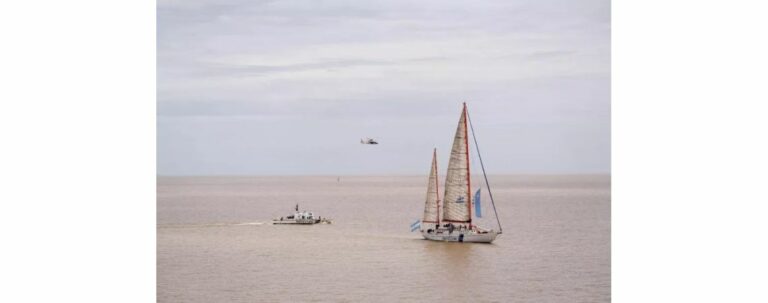The bloom of coccolithophores: Emiliania Huxleyi
From the All-Atlantic Project AtlantECO Website
The ocean is populated by microscopic planktonic organisms that regulate global biogeochemical cycles and allow life to thrive in the marine ecosystem. Every spring, the Patagonian shelf and shelf-break experience massive phytoplankton blooms.
Onboard Tara, the scientific team studied the bloom of a very special variety of coccolithophores: Emiliania Huxleyi. This is a calcifying microalga with a high biogeochemical impact, and its annual bloom around December on the margins of the Argentinean Sea represents one of the largest events of this type on a global scale.
If this phenomenon takes place every year in December, it is thanks to the combination of various factors that allow the micro-organisms to develop: sunshine, temperature, nutrients present in the water. From one year to the next the blooms will be different. Sometimes they are very localised and concentrated, other times they are scattered and diffuse.
The name of the expedition was chosen to pay tribute to the first person that observed this coccolithophores species: Ana Maria Gayoso.
The Gayoso expedition involved two oceanographic vessels. The Tara, a French vessel of the Tara Océan Foundation, partner of AtlantECO, and the Houssay, an Argentinean vessel. The expedition was carried out in two stages. The Houssay set off first from Ushuaïa to Buenos Aires. The scientific team sampled the Argentinian coastline upstream of the bloom to be able to compare the data between the bloom period and the non-bloom period. One month later, the schooner Tara went the opposite way and started hunting for coccolithophores.
Read the full original article HERE.

